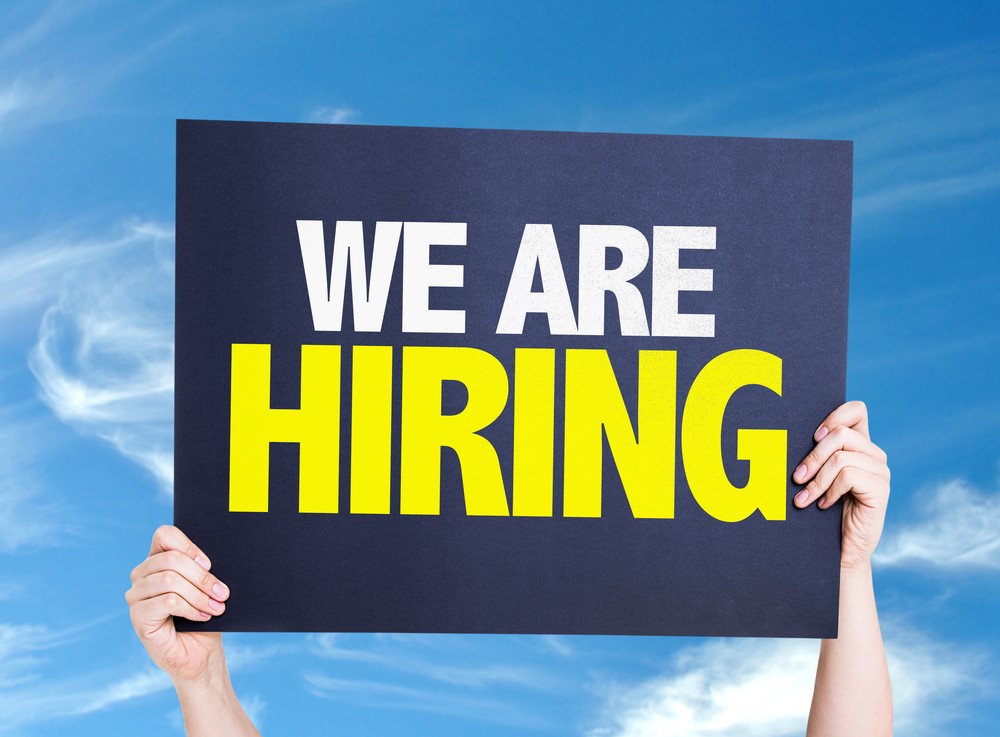In business, the only thing that’s constant is that things change all the time. That includes employees. Employees leave for many reasons, from finding new and better opportunities to getting laid off. Whatever the reason, employees leaving can have a profound effect on your business, especially if you have a small business. The void they leave must be addressed, often finding someone to pick up their workload. You now need to run an ad, comb through resumes, interview people, and ultimately offer someone a job and hope that person is the right fit.
Hiring Smarter
Pillar 1: Understand the Cost of Poor Hiring Decisions
There are ways to help avoid poor hiring decisions. Understanding the costs and negatives of your hiring decisions and learning smart hiring techniques will significantly save you time and money.
Here are some startling statistics:
- Harvard Business Review points out that as much as 80% of employee turnover is due to bad hiring decisions
- 50% of hiring and HR managers estimate that bad hires have cost their companies thousands of dollars.
- The U.S. Department of Labor states that the price of a bad hire is at least 30% of that employee’s first-year earnings. And according to a study by the Society for Human Resources Management (SHRM), it could cost up to five times a bad hire’s annual salary.
- Bad hires affect the morale and productivity of the office. Most CEOs put this ahead of monetary concerns.
You also need to consider your time and expense during the hiring process. Here are some of the typical expenses you might encounter:
- Travel, hotel, and meal expenses for interviews
- Relocation expenses
- Training and orientation costs
- Employment testing and background checks
- Termination costs such as COBRA, unemployment, potential litigation expenses, outplacement, or career transition costs
When you add it all up, regardless of the size of your company, bad hires can dramatically affect the productivity and profitability of your organization.
Pillar 2: Learn Interview Basics
Small companies often want to speed through the hiring process, train someone and have them be productive as quickly as possible. This can lead to disastrous results because while you can put someone on the payroll in lightning time, that person may be all wrong for the position.
Here are some tips that may help:
Slow the process down.
Take your time and be transparent with your staff and clients. Let them know about the employee’s departure and that you are taking the time to review excellent candidates to find the right fit. Let them know the work will be completed promptly and ask for their patience and understanding. Chances are good that they have been in your position in their own businesses.
Post the job internally.
Perhaps someone in your company is perfect for the open position. Allow them to toss their hat in the ring and consider them with any outside candidates.
Carefully review all resumes.
It is estimated the average employer spends only 6 seconds on a resume! That is not enough time to properly evaluate a good or bad candidate. Make sure you only schedule interviews with people with the skills that fit your company’s job description and culture. The best way to determine this is by conducting a thorough review.
Set up a roadmap to success.
Know exactly what steps you will take before you begin the hiring process. Perhaps that includes a trial employment period before actually hiring someone. Determine if you are going to conduct several in-person interviews or if you are going to turn the initial process over to a recruiter. Whatever your roadmap is, stick with it throughout the process.
Set up an initial phone screening.
During this initial phone screening, ask the basic questions of every candidate. Determine a scoring system for every question and add up the scores after every interview. After completing this, only bring in the top three to five candidates for in-person interviews.
Ask the tough questions.
Asking the right questions, even if they are difficult, is essential. These might include questions regarding the expected salary range, advancement expectations, and collaboration with other team members. It is important to address these questions now.
Have candidates come in for trial days.
Pay them for their time. If the job entails customer interaction and/or working on a team, you’ll want to get feedback from customers, prospects, and other team members about this candidate before making them a permanent hire. It is hard to gauge a person’s habits and demeanor in a one or two-hour interview, as they will be on their best behavior during that time. Putting them in an actual work environment will bring out specific positive and negative patterns, allowing you to see how well they will fit into your organization.
Pillar 3 Identify Red Flags
Potential employees reveal underlying personality characteristics with specific behaviors during the interview. These “red flags” provide insight into their work ethic, level of interest, and whether the individual can be a team player within the organization.
When interviewing, look for these red flags:
- Resume errors
- Late for the interview without calling or texting
- An unprofessional appearance
- Poor listening skills
- Talking too much
- Use of inappropriate language
- Does not ask questions about the position
- Background check issues
Next, determine if the interviewed person is the right fit for the organization.
Pillar 4 Use the Hiring Process to Create a Positive Company Culture
Company culture is determined by all employees within the organization. It begins with hiring the whole person and not just what the person has accomplished on paper. Make sure the right person is hired by:
- Thoroughly vetting the candidate before hiring through references and a background check
- Matching the candidate’s abilities and skill set to the specific needs of the position
- Involving multiple interviewers in the hiring process for varying viewpoints and peer buy-in
Once the right people are in place, cohesive problem-solving and team involvement opens the door to creative problem-solving and success for the organization. Therefore, creating a positive company culture starts and ends with smart hiring. Remember, a good company is only as good as its employees.
Learn More About Hiring Smarter with Timothy Dimoff




